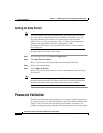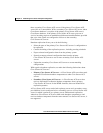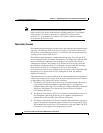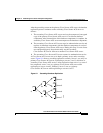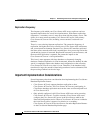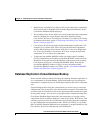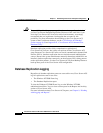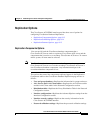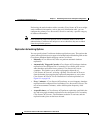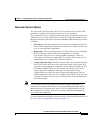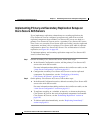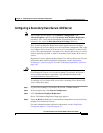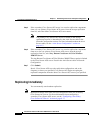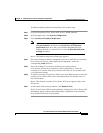
Chapter 8 Establishing Cisco Secure ACS System Configuration
CiscoSecure Database Replication
8-12
Cisco Secure ACS 3.0 for Windows 2000/NT Servers User Guide
78-13751-01, Version 3.0
Caution The possibility of backing up a corrupted database exists regardless of whether
you use CiscoSecure Database Replication. Because of this small risk, if you
are using Cisco Secure ACS in mission-critical environments, we strongly
recommend that you implement a backup plan that accounts for this
possibility. For more information about backing up the Cisco Secure ACS
system or the CiscoSecure database, see the “Cisco Secure ACS Backup”
section on page 8-40 and Appendix E, “Cisco Secure ACS Command-Line
Database Utility.”
Database replication provides fairly comprehensive replication of
Cisco Secure ACS servers, but it does not replicate all the Cisco Secure ACS
setup. Because Cisco Secure ACS relies on several communication dynamic link
libraries (DLLs), database replication does not include external authentication
sources. Because the system administrator manually determines which DLLs are
installed, database replication cannot rely on the necessary DLLs being present
on the replication partners. Use the Cisco Secure ACS System Backup feature to
back up these parts of the Cisco Secure ACS configuration.
Database Replication Logging
Regardless of whether replication events are successful or not, Cisco Secure ACS
logs all replication events in two files:
• The Windows NT/2000 Event Log
• The Database Replication report
To view the Windows NT/2000 Event Log, use the Windows NT/2000
administration utilities. You can view recent reports in the Reports and Activity
section of Cisco Secure ACS.
For more information about Cisco Secure ACS reports, see Chapter 9, “Working
with Logging and Reports.”



